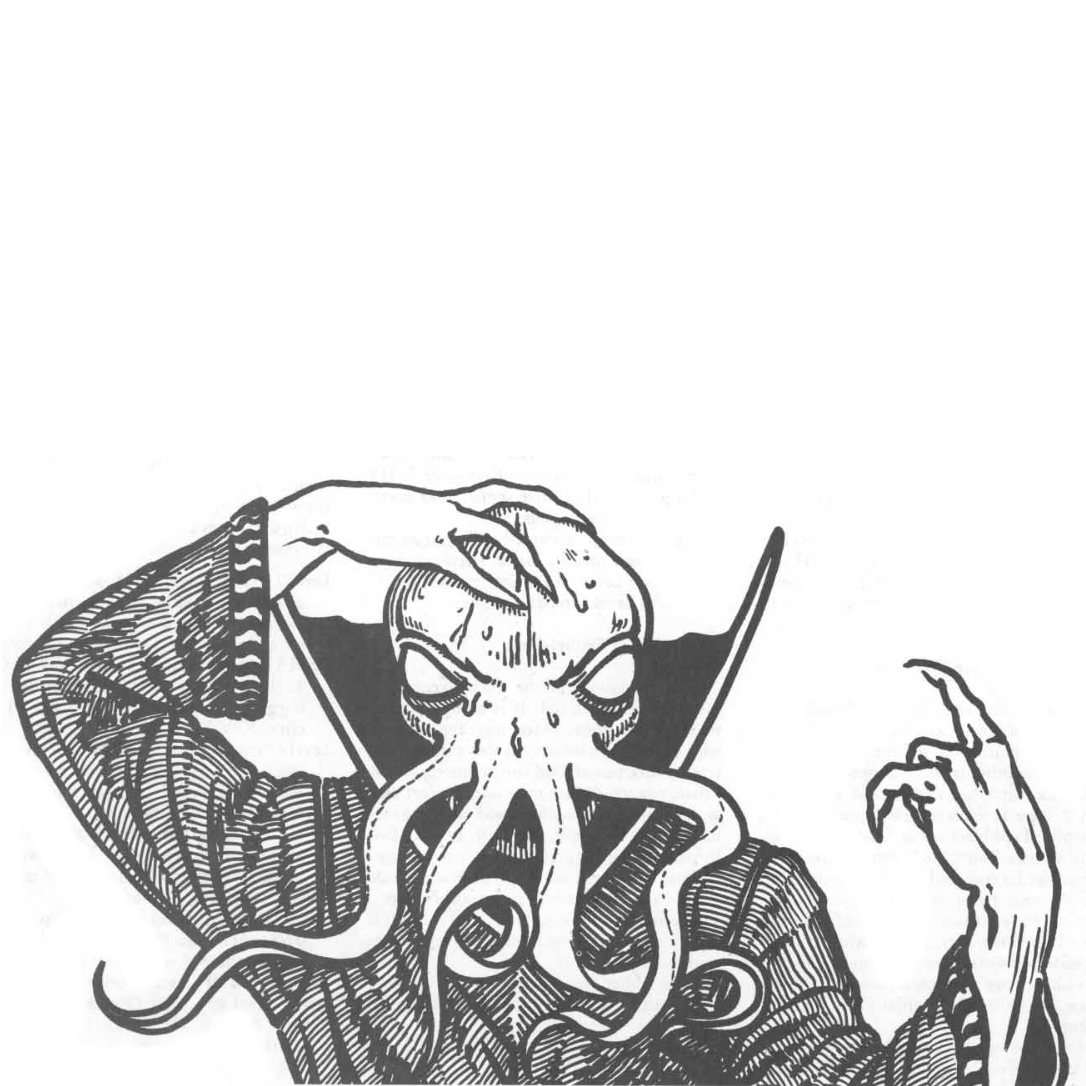I would like to talk a little bit, and hear your opinions, on something not too often mentioned when discussing action resolution mechanics and processes in tabletop roleplaying games. That is when during the process you do the roll. The endpoints on that spectrum can be called Go then Roll and Roll then Go. At their extremes
-
Go then Roll is declaring your action (I attack, I investigate etc) followed by a roll to see how well you did that action. Example: I attack the ogre - roll d20+mod vs AC - on hit do d6 damage.
-
Roll then Go often begins by declaring how you intend to tackle the obstacle (with finesse, by being offensive) followed by a roll and once you have the result of the roll you choose what is actually accomplished. Sometimes you even at this stage you say what your character actually does. Example: I directly engage the ogre with violence - roll [something] and count successes - spend successes on things in the scene such as dealing damage.
As with many other things my preference lies in the middle, a bit skewed towards Go then Roll. Most of my preferred systems lie there, Genesys and many (most?) PbtA to mention some. As I player I find myself more involved in my character’s actions and for longer. Less of a do stuff - roll - get result - hand over spotlight. It is a greater invitation to get engaged in the narrative. When GM-ing it is a bit the same, and more. Apart from dragging the players kicking and screaming into narrative responsibility (slight exaggeration) it is very insightful what the players/characters do after they have done their primary thing. After dealing damage do they got out of danger? Take the foe’s attention giving their mates space to recover? It just give me so much more.
Genesys does this by not only having success/fail in it’s roll resolution by also advantage/disadvantage. Adv/disadv can then be spent on activating abilities or changing (minor) things in the scene to mention a few options. Many PbtA have on some (many) moves “on hit choose one, on strong hit choose two” when when looking at what happens after the roll. Actually the PbtAs does this really well by presenting the result options in the same visual space as the roll mechanics, on the same move card. Visual design is game design.
Interested in hearing experiences, insights and opinions.


This sounds like the concepts of “Fortune at the End” and “Fortune in the Middle” that were part of the Forge discussions. Fortune at the End is what you might expect from decades in the hobby: Describe what you do, tally the modifiers, and roll to see if you succeed or fail. This usually involves specific actions: I wanna hit him with my sword. Fortune in the Middle calls for modulation after the roll was made, in specified action and/or mechanically. FitM often involves broader conflicts: I wanna beat him in a sword fight. Here’s a link that goes into a bit more detail: http://indie-rpgs.com/archive/index.php?topic=442.0
To give a more contemporary example, Powered by the Apocalypse uses Fortune in the Middle. You set your character in motion with fictional description. If that triggers a move, the establishment of fiction is guided and constrained by the rules and usually a dice roll and – often – choices made after those dice are rolled. Then chunk of fiction effected by the roll is established according to those constraints – we more find out what has happened rather than what does happen.
For instance, in Masks (a PbtA game) the move, “Directly Engage a Threat,” (triggered when your teen hero comes to blows with a villain) you roll and add your modifier, and if you do okay, you both trade blows. So, we describe how you’re both wearing each other down – wailing on each other with mighty punches, or martial arts moves, or laser blasts, or whatever. But, you get to pick one item from a list, which includes resisting or avoiding their blows; if you pick that, you get to describe how you’re blocking their punches, dodging their bullets, or slipping between their laser blasts, whatever. You might not choose that option. You might do really well and choose two options from the list, so you might slip their laser blasts and take something away from them – their gun, maybe? Now you get to describe a disarm. After that stuff has all been described, we go back to describing stuff normally.
I haven’t heard of a game that uses “Fortune at the Beginning” or full “Roll then go,” as you’ve put it.